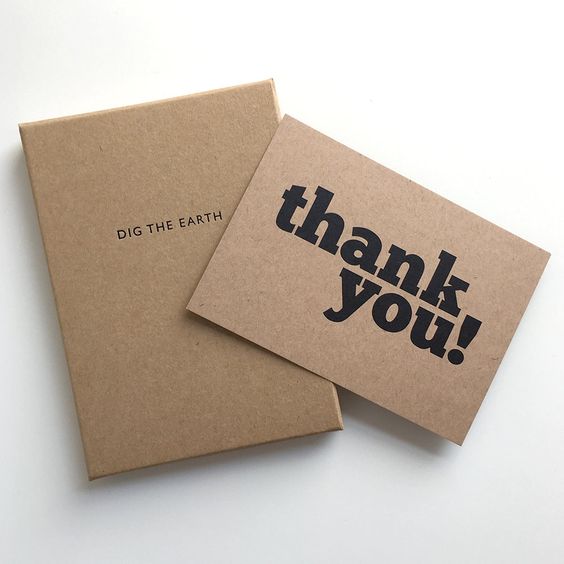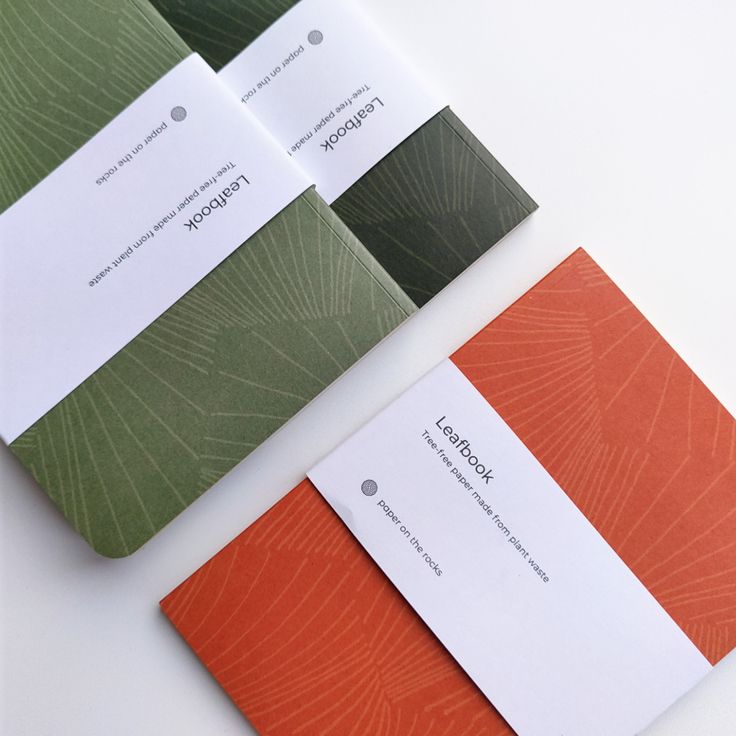Ⅰ. Introduction
As a dedicated printing company, we’ve witnessed the environmental impact of traditional paper production. Over the years, we’ve seen the consequences of deforestation, energy consumption, and water waste. We’re committed to offering our clients more environmentally friendly printing solutions.
In this comprehensive guide, we’ll share our in-depth knowledge of eco-friendly paper, including its benefits, various options, and how to make informed eco-conscious choices while maintaining high-quality printing.

Ⅱ. What is Eco-Friendly Paper?
In our printing business, we’re often asked, “What is eco-friendly paper?” Therefore, eco-friendly paper is produced using methods and materials with a minimal environmental impact. As a responsible printing company, we’re dedicated to providing paper choices that meet our clients’ needs while protecting the planet.
Types of Eco-Friendly Paper
Based on our experience, here are the most common types of eco-friendly paper:
- Recycled Paper: Made from post-consumer waste or pre-consumer waste materials.
- FSC-Certified Paper: Sourced from responsibly managed forests certified by the Forest Stewardship Council.
- Tree-Free Paper: Produced using alternative fibres such as bamboo, hemp, or agricultural waste.
Each type has unique characteristics and advantages, and we recommend the most suitable option based on our client’s specific requirements.
Ⅲ. Environmental Benefits of Using Eco-Friendly Paper
As a printing company, we’ve seen the significant environmental benefits of using eco-friendly paper:
- Reduced Deforestation: We help preserve forests and wildlife habitats using recycled or alternative fibres.
- Lower Carbon Footprint: Producing eco-friendly paper typically requires less energy and water, reducing greenhouse gas emissions.
- Waste Reduction: Recycled paper diverts waste from landfills, contributing to a circular economy.
- Resource Conservation: Tree-free papers help conserve water and reduce the use of harmful chemicals in production.
According to our data, using one ton of 100% recycled paper saves approximately 17 trees, 7,000 gallons of water, and 4,100 kWh of electricity compared to virgin paper production. These figures demonstrate the importance of our choice to use eco-friendly paper.

Ⅳ. Best Eco-Friendly Paper Options for Printing
In our printing operations, we’ve worked with various eco-friendly paper options. Here’s our professional assessment:
Recycled Paper
Pros:
- Reduces demand for virgin fibre
- Diverts waste from landfills
- Often cost-competitive with virgin paper
Cons:
- It may have slight variations in colour or texture
- Limited availability for specific paper grades
FSC-Certified Paper
Pros:
- Ensures responsible forest management
- Available in various grades and qualities
- Supports sustainable forestry practices
Cons:
- It may be slightly more expensive than non-certified options
- Requires chain-of-custody certification for printers like us
Tree-Free Paper
Pros:
- Reduces pressure on forests
- Often biodegradable and compostable
- Unique textures and appearances
Cons:
- It can be more expensive than traditional paper
- It may require specialized printing processes
Ⅴ. Choosing the Right Eco-Friendly Paper for Your Printing Needs
When helping our clients select eco-friendly paper for their projects, we consider the following factors:
- Print Quality Requirements: We ensure the paper meets colour reproduction and finish standards.
- Cost Considerations: We help balance sustainability with budget constraints.
- Availability: We check if the chosen eco-friendly paper is readily available in the required quantities.
- Client Preferences: We consider our clients’ sustainability goals and preferences.
- Certifications: We look for recognized certifications such as FSC, Green Seal, or Ancient Forest Friendly.
Ⅵ. Implementing Eco-Friendly Practices in Our Printing Business
Adopting eco-friendly paper is just one aspect of our sustainable printing practices. We also:
- Use vegetable-based or low-VOC inks
- Implement energy-efficient printing equipment
- Optimize print layouts to reduce paper waste
- Offer digital proofing to minimize physical proofs
- Educate our clients on the benefits of eco-friendly printing options
Ⅶ. FAQs: Addressing Common Client Concerns
As a printing company committed to sustainability, we often encounter questions from our clients about eco-friendly paper. Here are some of the most frequently asked questions we receive:
Q: Is recycled paper always the most eco-friendly option?
A: While recycled paper is generally environmentally friendly, it’s not always the most sustainable choice. Factors such as transportation distance and processing methods can affect its overall environmental impact. We assess each project individually to recommend the most suitable eco-friendly option.
Q: Does eco-friendly paper compromise print quality?
A: In our experience, modern eco-friendly papers have improved greatly in quality. Many options now offer print quality comparable to traditional papers, with only slight variations in some cases. We always conduct test prints to ensure the chosen paper meets our clients’ quality standards.
Q: How can I verify if a paper is truly eco-friendly?
A: We recommend seeking recognized certifications such as FSC, Green Seal, or Ancient Forest Friendly. As a certified printer, we ensure that all our eco-friendly paper options meet these stringent environmental standards.
Q: Are tree-free papers suitable for all types of printing?
A: While tree-free papers are versatile, some may require adjustments to printing processes. Before recommending them for a project, we always test these papers with our specific printing equipment. Our expertise allows us to determine the best application for each type of tree-free paper.
Q: How can eco-friendly paper choices benefit my brand?
A: Choosing eco-friendly paper can enhance your brand’s image by demonstrating your commitment to sustainability. Many of our clients have found that this choice resonates well with environmentally conscious customers and can be a powerful marketing tool.
Ⅷ. Case Studies: Success Stories with Eco-Friendly Printing
To illustrate the real-world impact of eco-friendly paper choices, we’d like to share a couple of success stories from our clients:
Case Study 1: Eco-Conscious Fashion Catalog
A high-end fashion retailer approached us to print their seasonal catalogue. They wanted to align their printing choices with their sustainable fashion line. We recommended using 100% post-consumer recycled paper with low-VOC inks. The result was a stunning catalogue that showcased their products beautifully and reinforced the brand’s sustainability commitment. The client reported positive feedback from customers who appreciated the eco-friendly approach.
Case Study 2: Tree-Free Annual Report
A tech startup wanted to make a statement using innovative, sustainable materials with its annual report. We suggested a tree-free paper made from agricultural waste. The unique texture and appearance of the paper set their report apart, garnering attention from investors and industry peers. The client was thrilled with how the choice of paper became a talking point, highlighting their forward-thinking approach in all aspects of their business.
Ⅸ. The Future of Eco-Friendly Printing
As a company at the forefront of sustainable printing, we’re excited about the future developments in eco-friendly paper and printing technologies. Some trends we’re watching closely include:
- Advanced Recycling Technologies: New methods are being developed to recycle paper more efficiently and produce higher-quality recycled paper.
- Innovative Tree-Free Materials: Research into new plant-based fibres and agricultural byproducts is expanding the range of tree-free paper options.
- Carbon-Neutral Printing: We’re exploring ways to offset the carbon footprint of our printing processes and aim for carbon-neutral operations.
- Digital Integration: While we specialize in physical printing, we’re also looking at ways to integrate digital elements to reduce overall paper usage without compromising the impact of printed materials.
Ⅹ. Conclusion: Our Commitment to Sustainable Printing
As a dedicated printing company, we recognize our responsibility to shape a more sustainable future for our industry. Our commitment to eco-friendly paper and sustainable printing practices is about meeting current demands and leading the way towards a greener printing industry.
We invite our clients to join us in this journey towards sustainability. By choosing eco-friendly paper options and working with us to optimize your printing projects for minimal environmental impact, you’re not just creating beautiful printed materials but contributing to a healthier planet.
Remember, every eco-friendly printing choice, no matter how small has a larger positive impact on our environment. Let’s print responsibly, beautifully, and sustainably—together.



